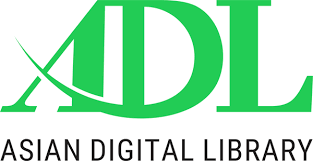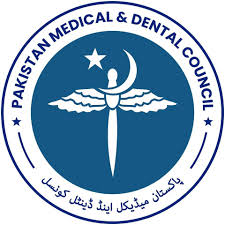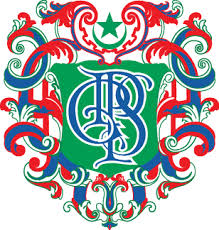The Role of MDCT and 3D computed tomography in the assessment of maxillofacial fractures and their types: a tertiary care hospital experience
DOI:
https://doi.org/10.37018/dvdu4414Keywords:
Maxillofacial fractures, 3D-CTAbstract
Background: Maxillofacial region is a complex anatomical region that is commonly injured due to trauma and Multidetector Computed Tomography and Three-Dimensional Computed Tomography are used for accurate assessment of fractures and associated soft tissue injuries for correct clinical management. The objective of this study was to determine the frequency, various types of maxillofacial fractures and associated injuries using MDCT and 3D computed tomography (3D CT) at Sharif Medical City Hospital, Lahore.
Patients and methods: This was a cross-sectional study, carried out in the Department of Diagnostic Radiology, Sharif Medical City hospital, Lahore from December 2018 to November 2019. 3D reconstructed CT images were obtained in 70 patients with maxillofacial injuries referred to the Radiology Department of Sharif Medical City Hospital, using 16 slices Toshiba® Aquillion Multidetector Computed Tomography scanner. CT images were evaluated by consultant radiologists and data was collected.
Results: The maxillofacial fractures were significantly higher in the male population 61 (87%) than the female population 9 (13%). Road traffic accidents were the most common cause of injury and the mean age was 30±12 years with the most common age group were 21-30 years (32.8%). Maxilla and maxillary sinus wall fracture were commonest fracture 23 (33%) followed by orbital 20 (28%) bone fractures. Hemosinus 22 (31.4%) was the commonest associated injury.
Conclusion: The complex anatomy of the facial bones requires MDCT and 3D CT which offers excellent spatial resolution, and helpful in the accurate diagnosis of the maxillofacial fractures their exact site, number, and associated injuries, and surgical planning.
Downloads
Published
How to Cite
Issue
Section
License
The Journal of Fatima Jinnah Medical University follows the Attribution Creative Commons-Non commercial (CC BY-NC) license which allows the users to copy and redistribute the material in any medium or format, remix, transform and build upon the material. The users must give credit to the source and indicate, provide a link to the license, and indicate if changes were made. However, the CC By-NC license restricts the use of material for commercial purposes. For further details about the license please check the Creative Commons website. The editorial board of JFJMU strives hard for the authenticity and accuracy of the material published in the journal. However, findings and statements are views of the authors and do not necessarily represent views of the Editorial Board.

















